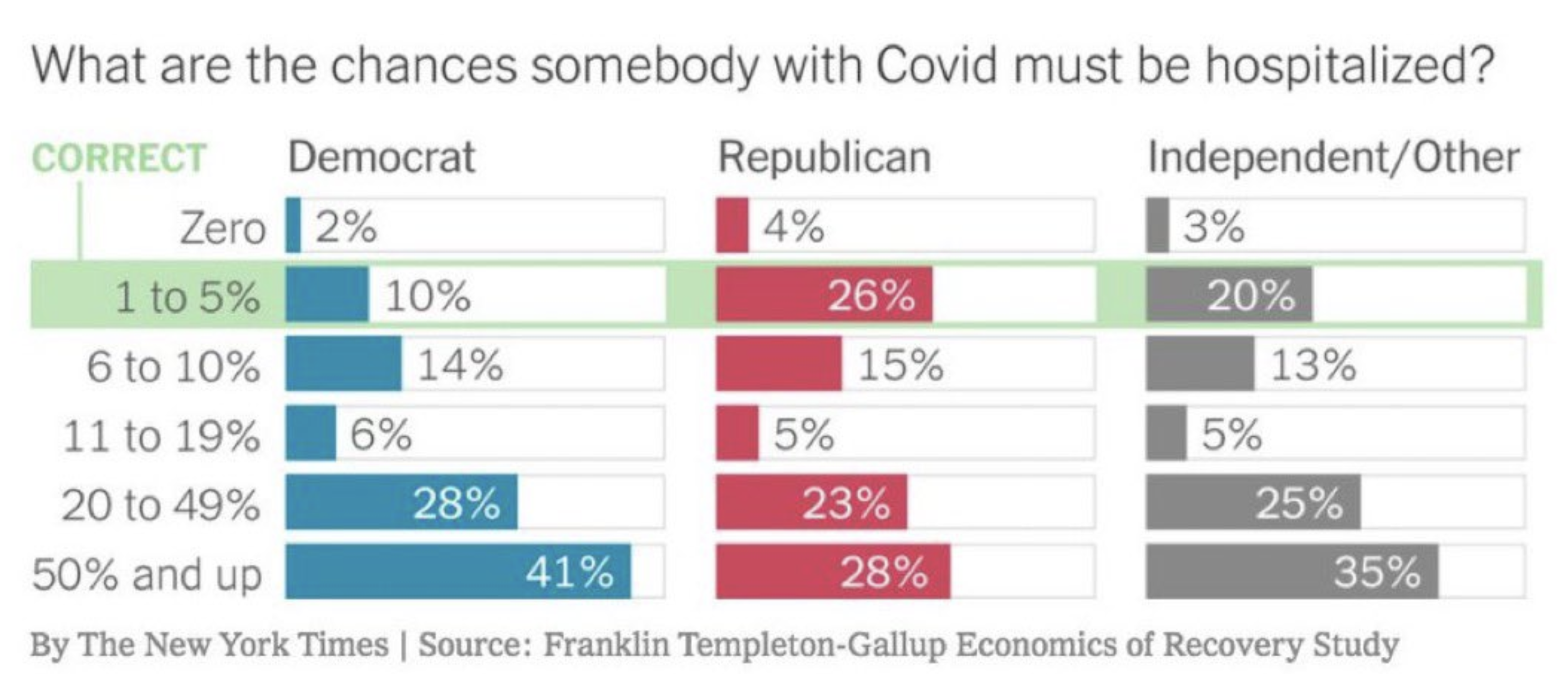Most Americans now favor legalizing marijuana, including large majorities across the political spectrum. Just this year, New Mexico, New York, and Virginia have eliminated state bans and opened the door to legal markets in the stuff. Even Congress is considering federal legalization (though the White House isn’t necessarily on board). Via the ballot box and through legislation, authorities in the United States are reforming the treatment of marijuana and those who enjoy its use. But, as is so often the case, the impetus for change came much earlier—from scofflaws who did as they pleased, normalized the use of an illegal intoxicant, and revealed prohibition as unenforceable.
“Roughly half of adults (48%) say they have ever tried marijuana, the highest percentage ever,” Pew reported in 2013 after Colorado and Washington became the first states to defy federal law and legalize marijuana for recreational use. “Just two years ago, 40% said they had tried marijuana. In both 2003 and 2001, 38% said they had used marijuana.”
True, marijuana was available for medical use in a few states starting with the passage of California’s Prop. 215 in 1996, and in some jurisdictions “medical” was generously interpreted. But it’s obvious that marijuana was increasingly popular and ever-more widely accepted well before it was legally available even for nominally medicinal purposes.
“The possibility that marijuana use is on the rise is worrisome,” fretted the federal Office of National Drug Control Policy (ONDCP) in its 1994 Marijuana Situation Assessment. “Since marijuana is by far the most widely used illicit drug, small percentage increases in use mean that large numbers of Americans have crossed the line from not breaking the drug laws to breaking them.”
What troubled the ONDCP was that 9 percent of respondents to the National Household Survey on Drug Abuse admitted using marijuana in the previous year (a tighter measure than Pew’s “ever tried” question) in 1993. About 16.5 percent of men between the ages of 18 and 25 said they’d used marijuana in the previous month.
“One possibility is that marijuana use is a barometer of public attitudes about illicit drug use,” mused the ONDCP. “If more people are smoking marijuana, it could reflect increased acceptance of illicit drug use in general.”
It’s fair to assume that more people were enjoying the illegal intoxicant as its use became more widely accepted, and that wider acceptance encouraged those so inclined to indulge. As people ignored the law, their actions normalized marijuana use and cast doubt on restrictive laws. Two years after the ONDCP report, California approved Prop. 215. Sixteen years after that, voters in Colorado and Washington swept away state laws against recreational marijuana. The feedback loop of scofflawry, normalization, and approval worked quite a bit of magic over those years.
To be honest, scofflaws have worked a lot of magic. In her 2005 book, Spirits of Defiance: National Prohibition and Jazz Age Literature, author Kathleen Drowne argued that mass resistance to the national ban on alcoholic beverages not only kneecapped the law, but also infused anti-authoritarianism into literature and the culture for years to follow. Likewise, gays and lesbians surreptitiously lived and loved when they were targeted by the law, and then famously (and righteously) stomped cops who raided the Stonewall Inn, ultimately precipitating liberalization. Gun laws have historically met widespread disobedience, keeping populations armed and politicians unhappy. And restrictions on exporting encryption were eased only after cryptographers illegally exported code—even printing it on T-shirts in acts of civil disobedience.
Willingness to break the law to do things that people know they have every right to do helps to make it acceptable for others to follow suit. As more people engage in illegal activities, those activities become less alien and threatening even to those who have no interest in joining the party and reveal legal restrictions as unenforceable. That makes it seem increasingly attractive to call off the cops and leave people alone to live their lives.
“Nearly 7 in 10 Americans (69–25 percent) think the use of marijuana should be made legal in the United States,” say pollsters at Quinnipiac University. “The numbers among registered voters are similar (70–24 percent), and they mark a record level of support for marijuana legalization since Quinnipiac University began polling on this issue in December of 2012.” The poll finds that legalization is nonpartisan (almost a political unicorn in today’s polarized America) enjoying the favor of 78 percent of Democrats, 62 percent of Republicans, and 67 percent of independents.
Support for legalization rose through the decades of prohibition as Americans ignored the law in growing numbers. According to Gallup, the percentage of the population advocating for marijuana legalization rose slowly but steadily from 12 percent in 1972 to its current large majority. The shift in public opinion picked up steam in recent years as states moved to reform their laws, but there would have been little constituency for legalization if millions of Americans hadn’t already been doing as they pleased without regard for the legal status of marijuana.
Scofflawry still does good work in a world of legal, but often rules-bound, marijuana sales. Though Massachusetts has legalized weed, state officials predictably burdened the market with red tape and high taxes. The result is that the state still enjoys a thriving black market.
“An estimated 68 percent of Massachusetts marijuana sales this year have taken place outside of the state-regulated market, according to an analysis done for CommonWealth by cannabis market research firm BDSA,” the magazine reported in November 2020. “Britte McBride, a member of the state Cannabis Control Commission … said Massachusetts’s high prices are somewhat unavoidable because of the cost of complying with strict state regulations on security, testing, packaging, and labeling.”
Lingering black markets elsewhere spurred officials to reduce regulations and lower taxes so that legal dealers can successfully offer consumers the prices and convenience offered by underground competitors. Massachusetts officials may be learning similar lessons: They agreed to allow home delivery of marijuana.
Marijuana prohibition is on its way out after years of fading support and rising defiance, largely courtesy of those who ignored the law. But other authoritarian restrictions remain, and others will undoubtedly emerge from the creative imaginations of those attracted to government office. The harm they do can best be minimized, and ultimately ended, by further acts of scofflawry.

from Latest – Reason.com https://ift.tt/3aotF0L
via IFTTT


 ????????
????????

